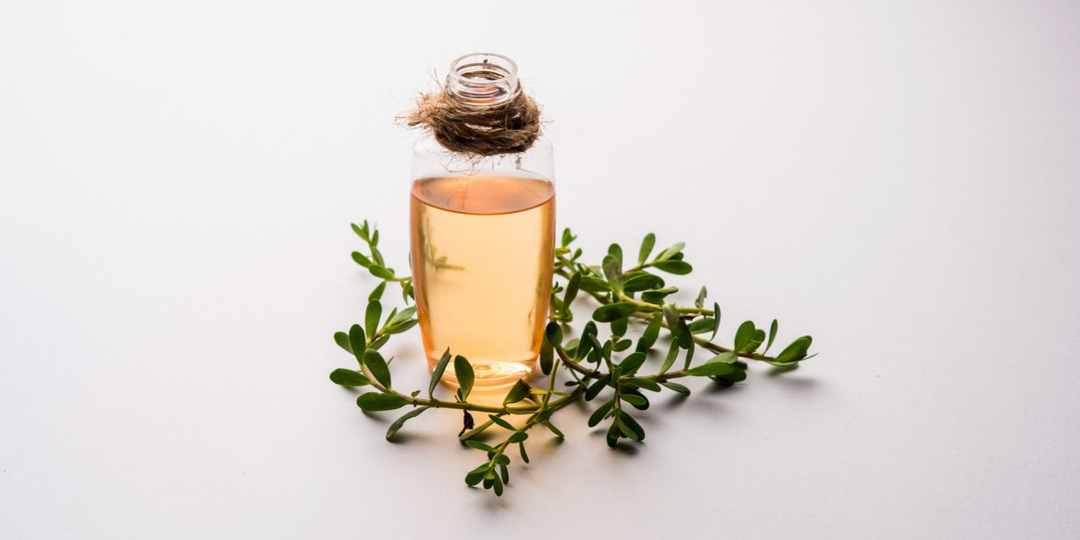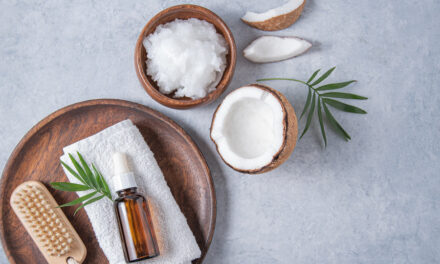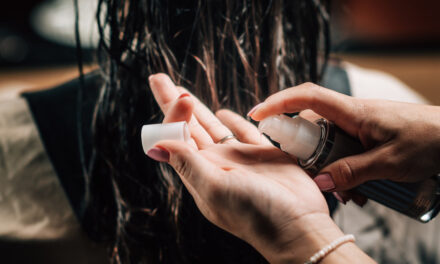
Ayurveda has been around for about five millennia and is widely used for hair care in several cultures. Hair oils are given a lot of priority in hair care in Ayurveda, so you can bet that it was useful.
Otherwise, the tradition wouldn’t withstand the test of time. We’re going to learn an Ayurvedic hair oil recipe for comprehensive hair and scalp care.
What is Ayurveda?
Ayurveda is an alternative medicine system that originated in the Indian subcontinent but has been accepted and practiced globally. The Sanskrit word ayurveda means the science of life.
It’s a natural and holistic treatment system that is established from ancient writings on scrolls and takes a comprehensive approach to physical and mental health.
Understanding Ayurvedic Hair Oil
There are many different recipes for Ayurvedic hair oil for different purposes. Although all oils do result in healthy hair and promote hair growth, there are specialized oils for specific issues or conditions. Diy hair growth oil is the most popular among the many different diy hair oil recipes in Ayurveda.
Needless to say, during the early years, there were no manufacturing units, and everyone probably did their own hair oils and more before everything became commercialized. If you are keen on your hair and scalp health and want healthier and stronger hair, Ayurvedic hair oil is the way to go.
Using natural herbs and extracts, we’re going to prepare this traditional hair oil that will not only combat hair loss but also nourish hair follicles from within, strengthen hair, promote better blood circulation to the scalp, and more. So, let’s get started.
DIY Ayurvedic Hair Oil Recipe

Ayurvedic hair care isn’t one size fits all but should be customized according to one’s body type. Try to identify your body type and choose your ingredients accordingly for better results.
We’re going with a mostly neutral oil, but by identifying your body type and choosing ingredients for your specific body type, you take the results up a notch.
Ingredients
- Coconut Oil – 250 Ml
- Hibiscus Leaves and Flowers – 20 Grams
- Dried Indian Gooseberry – 20 Grams
- Fenugreek Seeds – 20 Grams
- False Daisy – 20 Grams
- Water Hyssop – 20 Grams
- Rose Petals – 1 Tbsp.
- Aloe Vera Gel – 2 Tbsps.
- Castor Oil – 1/4 Cup
- Neem Leaves – 20 Grams
- Curry Leaves – 20 Grams
- Lemon Peels – a few
Directions
Soak the dried herbs with some water and let them sit for a couple of hours.
In a heavy-bottomed pan, heat the oil.
Add the soaked herbs and other ingredients and wait until the splutter stops.
Once the oil color changes, switch off the heat and keep it covered on the stove or hot plate so it will remain hot longer.
Wait till the oil cools down fully before filtering to a sterilized mason jar.
How To Use
Shake gently and remove enough quantity with a dry spoon.
Gently massage your scalp with this oil – divide your hair into small sections and cover it section by section to ensure you don’t leave out any part of your scalp.
Apply the rest of your hands on your hair, especially the tips.
Comb through with your fingers and style as usual.
Notes
Apply to air-dried hair – the same day after a shower or the very next day before you head out. If you’re heading out after a shower, ideally apply it as it is best absorbed when your hair and scalp are fresh and clean after a shower.
You can add more herbs or herbal ingredients according to your preference, requirement, and body type.
You can also add essential oils if you prefer to add aroma to the recipe.
Do leave out or skip any ingredients you’re allergic to.
Benefits of Using DIY Ayurvedic Hair Oil

The most common benefits are listed below and can be enhanced by working around the ingredients. There are numerous ingredients for hair care in Ayurveda, and the benefits and uses vary accordingly.
Strengthens Hair
Applying Ayurvedic hair oil can improve the strength of your hair. In fact, it improves the overall health of your hair and scalp.
Promotes Hair Growth
It promotes hair growth and improves overall hair volume. Hair loss can also contribute to the reduction in hair volume, and this diy Ayurvedic hair oil also keeps hair loss under check besides stimulating hair growth.
Combats Dryness & Frizz
It gets rid of dryness, frizz, and associated hair problems like an itchy or irritated scalp.
Hydrates & Moisturizes
It hydrates your hair and scalp and keeps it moisturized. Dryness is a problem all on its own, and left unchecked can lead to hair damage. OIling regularly can keep dryness and dehydration at bay.
Conclusion
Do try out this recipe and see how it works out for you. You should find these and more natural ingredients in a herbal store. Some herbal stores also have oil kits, which you can try. However, if you don’t have time or don’t prefer DIY recipes, we’ve got your back with a broad range of vegan hair care cosmetics from Vitamins Revive. You can check out their online store to learn more about their products.
As always, feel free to write to us with any questions, concerns, or feedback. We love hearing from you, so don’t hesitate to reach out. As we always say, do your own tweaks and experiments with the recipes and identify the best recipe that works for you. That’s the fun part of DIY, right?
FAQs
Can everyone use this Ayurvedic hair oil?
Yes, although customizing it according to your Ayurvedic constitution or body type offers better results.
How long should I use the oil?
The oil can be used for as long as you want, but give it at least 4 – 6 weeks of time before you start seeing results.
Should I do a patch test?
While Ayurvedic recipes are good, patch tests are important as anyone can unknowingly be allergic to any ingredient. A simple patch test can make sure you don’t have adverse reactions to a recipe.
Can this be used as a pre-shower treatment?
Yes, you can use it as a pre-shower treatment, but using it as a leave-in yields better results. If it is thicker for your liking, reduce the ratio of castor oil or use lighter oils. If you’re using it as a pre-shower treatment, leave it on for 30 – 45 minutes.
Can this Ayurvedic oil be left overnight as a pre-shower treatment?
Of course, you can leave it overnight. We’re using this as a leave-in, after all.
Can I reduce the castor oil ratio?
Yes, you can reduce the ratio, especially if you find the oil thicker for your liking. Also, if you have issues with a cold or sinus and can’t use castor oil, reduce or skip it.









